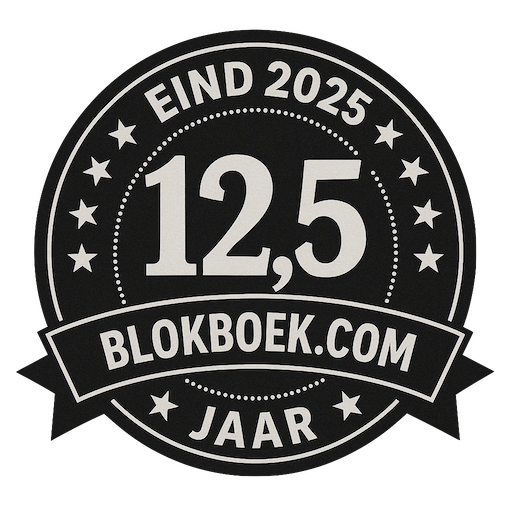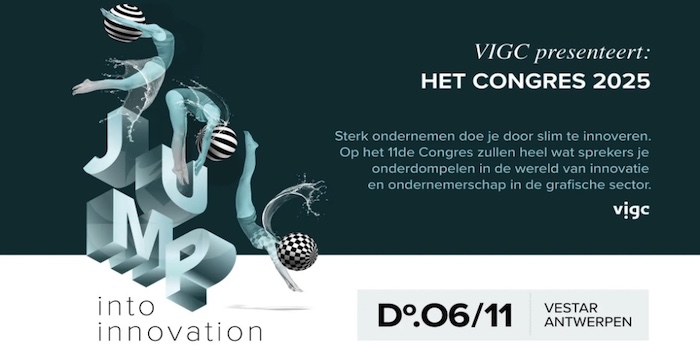Wild Format #2.6: Wide format inkjet basics
Wide format printing has grown at an astronomical rate over the past decade, mainly because it can cope with a growing range of applications as the printers, the inks and the substrates continue to be developed. The main market is still display graphics, which can cover everything from general signage through to posters and exhibition stands, as well as retail point of sale displays and billboards. But these are not the only options.
Consider the inks
There are several basic elements to consider when specifying a wide format print job. Perhaps the most important of these is the different ink technologies available, which will determine how the prints can be used and the overall cost of the job.
The simplest type is aqueous or water-based inks. Such prints are limited to indoor use but the printers for these inks will generally have much higher resolution and a wider colour gamut than other devices. Such inks are mainly limited to coated paper-based media, which is relatively inexpensive and easily recycled, although they’re not generally recommended for long-life jobs. The printers and the inks are generally cheaper than their other wide format counterparts so they are a good choice for any indoor displays such as point of sale posters.
Solvent inks have been controversial because solvent is generally regarded as a health hazard and the use of solvents is highly regulated. That said, most solvent printers now use mild or light solvent inks with relatively low solvent content. Consequently, they emit very low levels of volatile organic compounds and can usually be used without special ventilation, although it’s a good idea to keep a window open.
The downside of this is that modern solvent printers usually need to be used with coated media. In the past solvent printers have been the mainstay of the wide format print industry and consequently there is a wide range of substrates to choose from. Naturally, you’ll get better results with the more expensive materials, which should also come with ICC colour profiles for most printers. The prints tend to have a very glossy finish, which produces vibrant colours. Solvent printing is extremely cost-effective and versatile, being suitable for both indoor and outdoor jobs. The most common media is self-adhesive vinyl, and the most common application for these printers is vehicle graphics where the vinyl can be cut and stretched around awkward shapes.
The main alternative to solvent ink is latex ink and printers, which are mainly sold by HP and Mimaki. The latex ink, which is really a resin-type ink, is water-based and therefore often seen as more environmentally-friendly than solvent. However, latex ink does require a lot of heat to dry the ink, which is not so environmentally-friendly.
The main advantage of latex inks is that once dried, there is no need to de-gas the prints so they can be used immediately, unlike solvent prints, which should generally be left for up to 24 hours before use. Latex ink is also very effective when combined with textiles for soft signage and so is widely used for exhibition graphics. There’s a growing range of suitable substrates with costs being comparable to solvent prints. HP and Mimaki have developed several latex printers, so there’s a choice from relatively cheap 1.3m printers suitable for small bureaux all the way up to 3.2m wide production machines.
HP has developed its latex inks with a comprehensive range of printers, including this 3.2m wide Latex 3100 production printer. Image © Nessan Cleary
UV-curing devices
So far all the print technologies that we’ve considered only print to flexible materials. But printers that cure inks using UV energy can handle both flexible and rigid substrates. Consequently, UV is by far the most common wide format print technology. However, the printers and the inks both tend to be expensive, which explains why so many print service providers (PSPs) still use aqueous, solvent and latex printers.
UV-curable inks can adhere to a tremendous range of substrates, ranging from paper, board, and vinyl, through to wood, metal and even textiles and tarpaulins, often without any special coating. This in turn means that you can achieve some stunning special effects and genuinely eye-catching displays.
UV inks are generally very hard wearing, resistant to outdoor weather and general abrasions. As a rough rule, the inks used in flatbed printers will cure to a tougher finish; hybrid and roll-fed printers need to be more flexible to prevent the inks from cracking when rolled up.
As a general rule, UV-curable inks tend to have a flatter, matte appearance than, say, solvent inks. That said, the print appearance does vary considerably from one type of printer to another, with some being able to vary the amount of curing to achieve a more glossy effect. Also, the chosen substrate will have a considerable bearing on the final look of the image.
Finally, dye sublimation for textiles has become very popular in recent years. Leaving aside dedicated garment printers, there are several dye sub machines designed mainly for producing display graphics, which usually include built-in fixation to dry the inks. Dye sublimation produces extremely bright saturated colours, particularly when backlit. Textiles are also very light, so these graphics can be easily transported and installed. Also, they can be washed and reused.
This Screen Truepress Jet W3200 is a flatbed UV printer, but can also be adapted as a hybrid with the roll-feeder option. Image © Nessan Cleary
Viewing distance
Another important consideration with this technology is the resolution and overall image quality. There’s a trade off between the highest print quality and the speed of the printer, so it’s obviously in the interests of the PSP to use the fastest speed acceptable in order to improve the overall productivity. The viewing distance often determines the quality that’s needed as most display signage will be seen from a distance of several metres, but you will need a much better print quality for anything that’s going to be seen close-up as is often the case with say, retail point of sale signage.
Some images may also require more care, typically large colour washes, which might otherwise show banding, and some printers may struggle with certain colours. Another problem area may be gradients, some Pantones and skin tones. That said, most modern inkjet printers, particularly those with light cyan and light magenta inks are capable of reproducing very wide colour gamuts. But it’s wise to check first, to avoid disappointment.
Finishing and installation
Another important issue to consider is finishing. This includes laminating, which is often used to protect prints to extend their life. It might, for example, be more cost-effective to laminate a solvent or latex print than to use a UV-curable printer. Vehicle graphics will almost certainly be laminated for a longer life, and in many cases the laminates can be matched to the substrate and inks for a guaranteed life span. Laminates can also enhance the look of a print, for more saturated colours with a choice of matte or glossy finishes.
We’ll look in detail at finishing options later in this series, but it’s worth noting that finishing is an important part of any print job and that the type of finishing will affect the cost of the job. And some service providers may charge extra for installing the graphic, so you may need to factor in a dedicated sign installation company. One reason why backlit textile displays have become popular with retailers is because the graphics can be installed by the shop staff for no extra cost. Equally, it’s easier to place non-adhesive window graphics, which work like cling-film, than glued graphics, which will have to be carefully positioned before the glue sets.
Finally, environmental considerations are important to many companies, particularly the ease of recycling finished prints. This largely comes down to the substrate used. Some materials, such as textiles and cardboard are easily recycled, while others, including most vinyls, are more difficult. But it’s certainly worth asking the service provider to advise on removal as part of the job and to factor in this cost up front.
Nessan Cleary
The Wild Format guides are intended to expand awareness and understanding of the craziness that can be created on wide format digital printing devices, from floors to lampshades and everything in between.
These guides are made possible by a group of manufacturers working together with Digital Dots. Together we hope you enjoy the articles and that you put into practise what you learn. If you want to talk about it, go to our LinkedIn group via this link.
Enjoy and Go Wild!

De trainingen voor 2022 staan gereed. Kijk voor het volledige online aanbod van bestaande- en nieuwe trainingen op de website.
BLOKBOEK.COM EN PRINTMEDIANIEUWS: HET OPTIMALE DOELGROEP BEREIK




















